Billions have been raised to restore forests, with little success. Here’s the missing ingredient
Forget the tragedy of the commons. To build healthier forests, we need to harness the power of community.
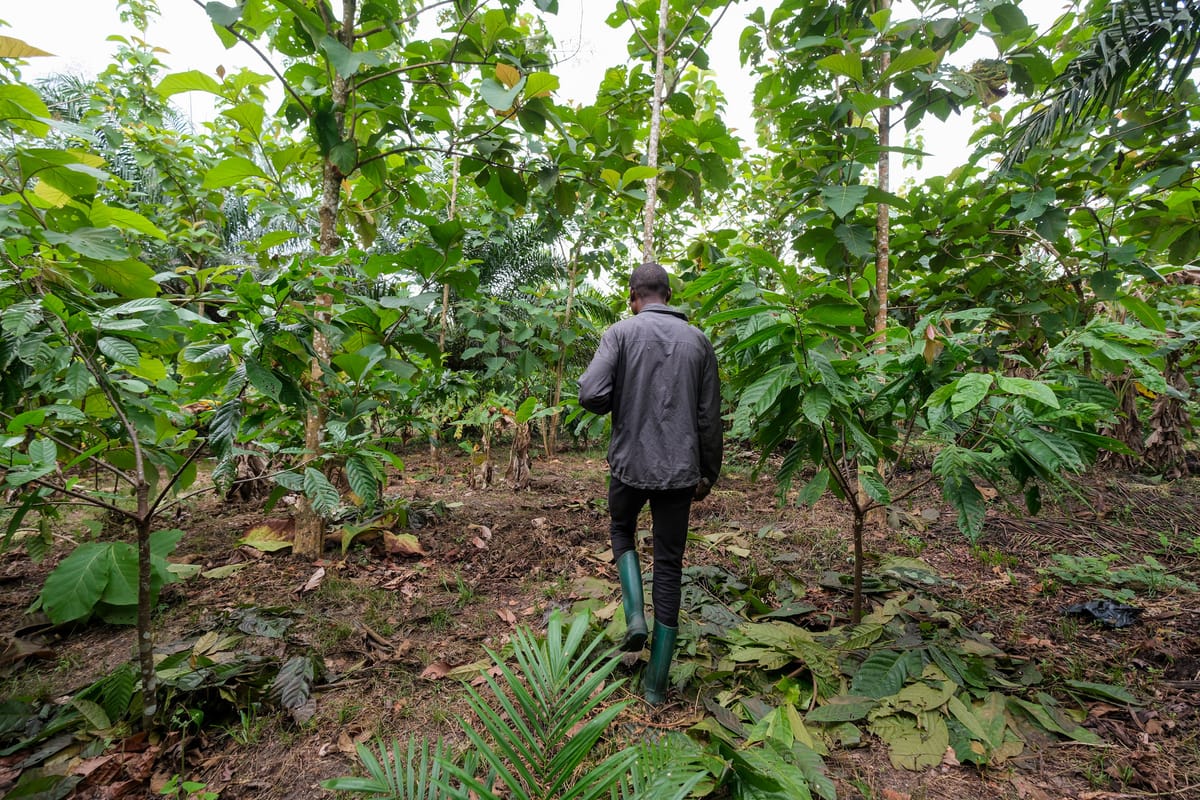
This article by Dhanapal Govindarajulu of the University of Manchester was originally published by The Conversation and has been reproduced here with permission.
Protecting and restoring forests is one of the cheapest and most effective options for mitigating the carbon emissions heating Earth.
Since the third UN climate change summit, held in 1997 in Kyoto, Japan, different mechanisms have been trialled to raise money and help countries reduce deforestation and restore degraded forests. First there was Kyoto’s clean development mechanism, then the UN-REDD programme initiated at COP13 in Bali in 2008. Voluntary carbon market schemes came into effect after COP21 in Paris in 2015, but all met with limited success.
In some cases, these schemes interfered with communities that have tended and nurtured forests for generations, restricting their access to the forest for fuel, grazing and food. Meanwhile, deforestation has proceeded under the aegis of global markets hungry for beef, palm oil and other commodities.
The world is far off track to reduce deforestation to zero by 2030, or meet its target of restoring over 350 million hectares.
At the recent COP28 climate talks in Dubai, Brazil proposed a “tropical forests forever fund” with an outlay of US$250 billion, which would pay countries to conserve or expand their forests. But how can the world be confident that the result will be different this time?
The work of one academic, Nobel laureate Elinor Ostrom, can tell us why previous efforts to restore forests have failed – and what a more effective approach might look like.
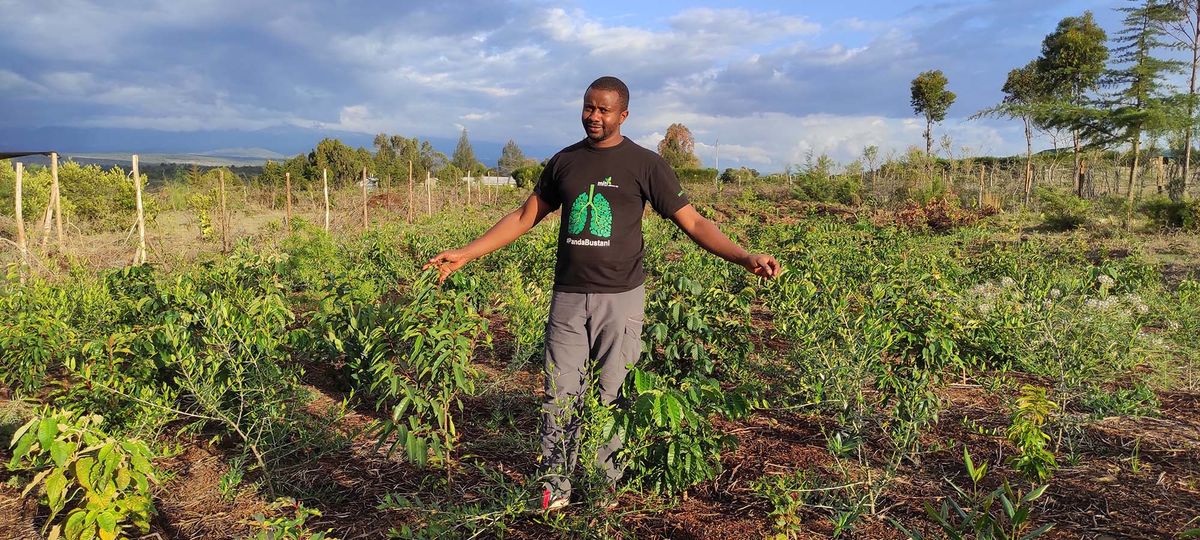
Bundles of rights
Nearly 295 million people in developing countries across Africa, Asia and Latin America live on land that has been identified as ripe for forest restoration. The right to extract timber or plant trees ultimately lies with the state in these places, so it is up to the state to set targets for increasing tree coverage or how much carbon the land stores, regardless of how it affects the communities living there.
Over 73 percent (about 3 billion hectares) of global forested land is under state control. One of the arguments for allowing governments to retain ownership of these forests, including the right to manage them, is the notion of the “tragedy of the commons”: in the absence of an all-powerful governing entity, people will overuse shared resources.
In fact, Ostrom’s work on the commons in forests, fishing grounds and grazing pastures shows that communities tend to protect and sustainably use common resources – provided they have rights, tenure, and the ability to decide rules for managing them.
A recent study examined forest commons in 15 tropical countries, where governments own the forest but have allowed local communities informal or customary rights of use and management. The authors noted that these forest commons had a high variety of tree species, and offered enough fodder and fuel wood to sustain livelihoods in the local community. The wealth of biomass in these forests indicated a lot of carbon was also being stored.
These findings seem to affirm that forests used and managed by Indigenous and rural communities can support global objectives for carbon and biodiversity, while meeting the needs of local people.
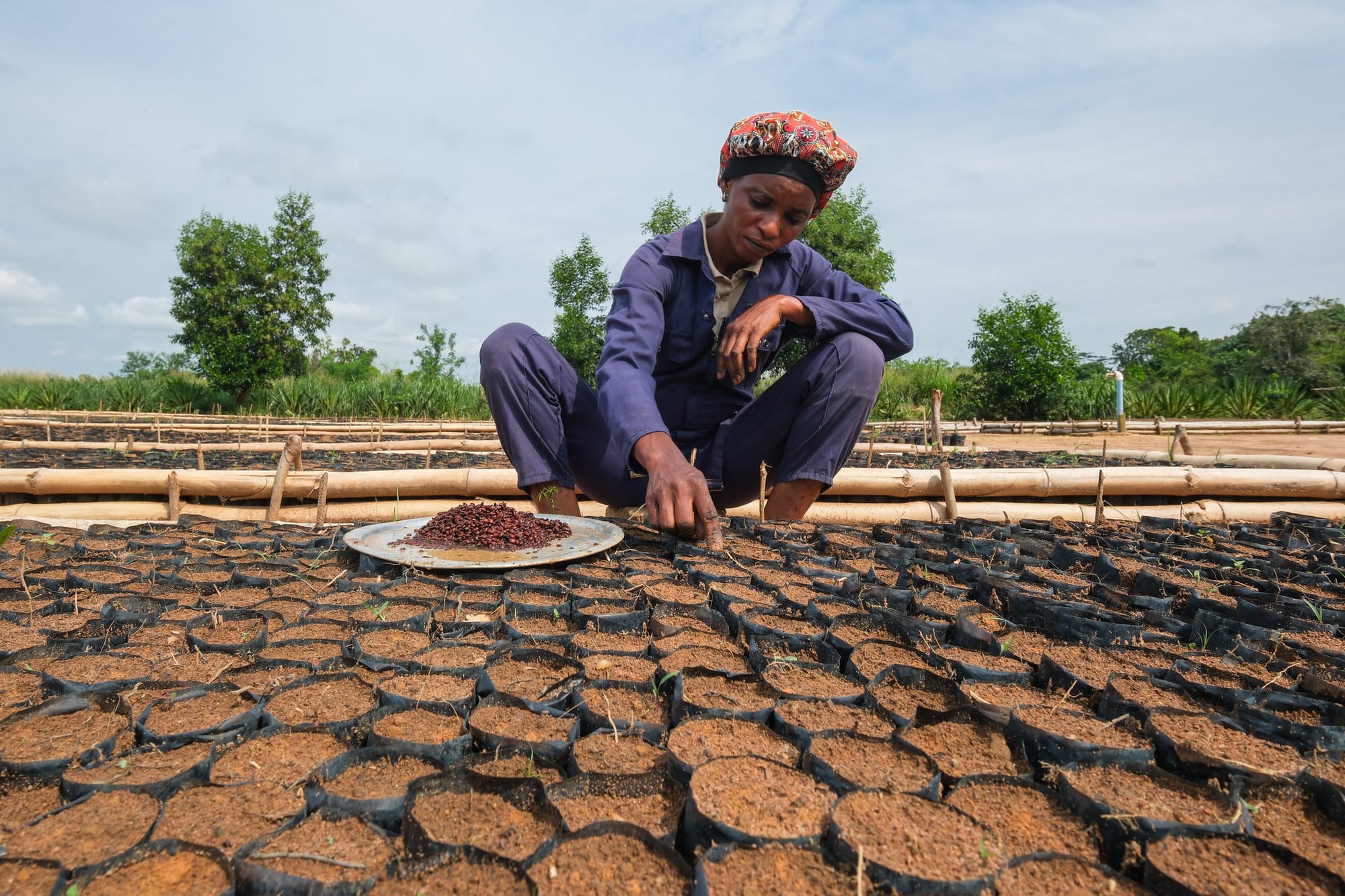
Ostrom’s research identified five important bundles of rights that allow communities to sustainably manage a parcel of land in such commons. These are: access, withdrawal, management, exclusion and alienation.
Access and withdrawal rights are the minimum required for communities to go into a forest and collect timber, flowers, leaves and grasses for their subsistence and to sell commercially. The most important of these rights, at least in terms of forest restoration, is management rights, including the right to decide where and what type of trees to plant in order to restore a forest.
But Ostrom found that these rights are worthless unless imbued with secure “tenure” – in other words, confidence that land users would not be arbitrarily deprived of their rights over particular parcels of land.
Attempts by governments to provide partial management rights to local communities in recent decades have disappointed when it comes to restoring forests. For example, India has attempted to revive degraded forests since 1991 through its joint forest management program, which offers partial rights to communities that are invited to help prepare a management plan. But without legally binding rights or secure tenure, this approach has shown limited success.
In contrast, India’s forest rights act 2006, the first of its kind globally, provided local communities that had traditionally used an area of forested land with full management rights and secure tenure. The result has been restored forests and communities benefiting from increased sales of bamboo and tendu (leaves for rolling tobacco), improving livelihoods.
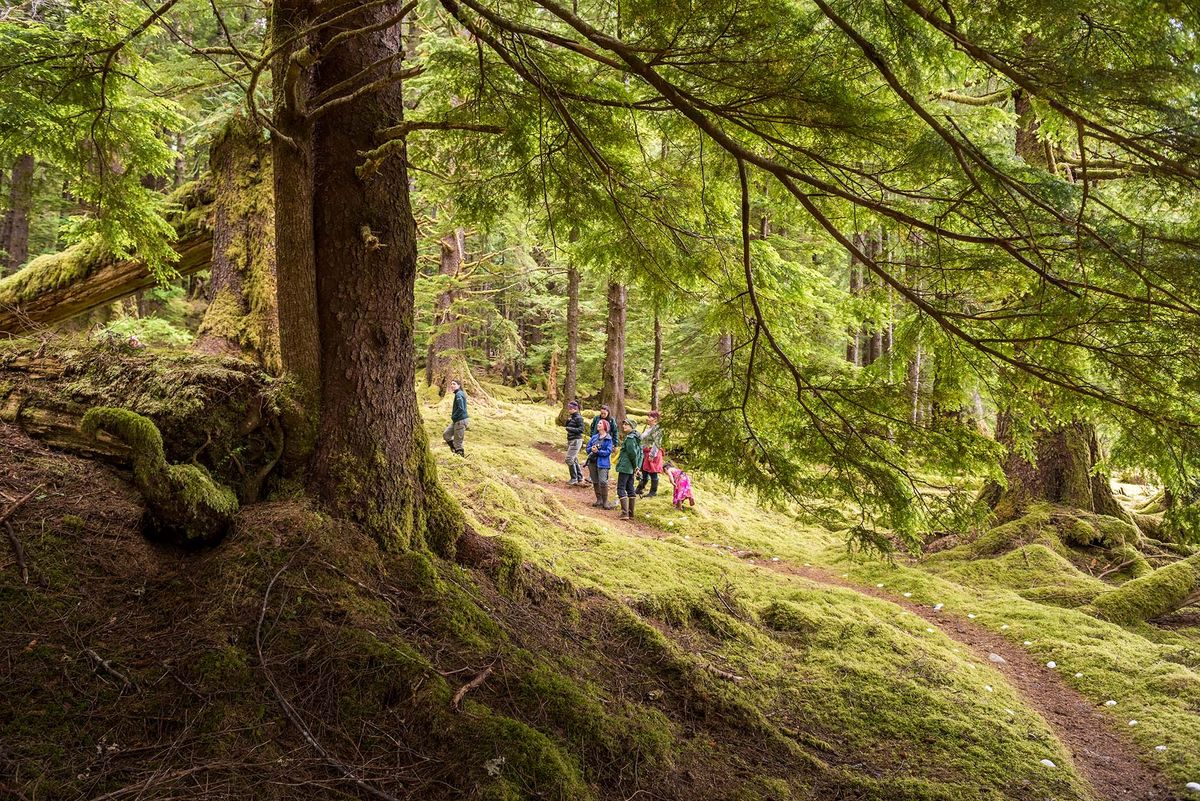
Empower forest communities
To restore Earth’s forests and mitigate climate change, states should devolve management rights to the communities in these land parcels and grant them secure tenure.
But how should these commons be governed? Ostrom’s many years of research are, again, a useful guide. She advocated for clear boundaries defining the community’s rights, rules for forest use, the rights of all members of a community to participate in making those rules (including women and marginal communities), collective decision-making on managing resources, effective monitoring, graduated sanctions for rule violations, conflict resolution mechanisms, and a nested governance structure when multiple communities have rights over the same resources.
There are clear limitations on Indigenous and forest-dependent communities to access the finance that might aid them in their restoration work. Brazil’s proposed fund, and existing climate finance mechanism such as REDD+ and the green climate fund, must be made accessible to these forest communities. This would be easier if they had secure rights and tenure, with a clear set of management rules.



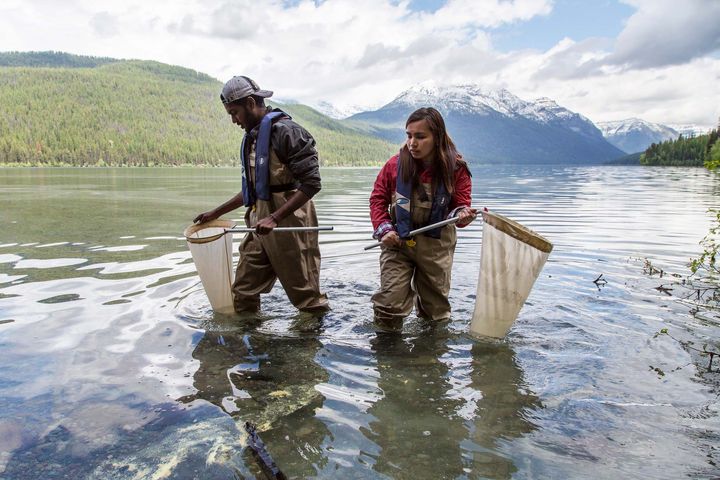
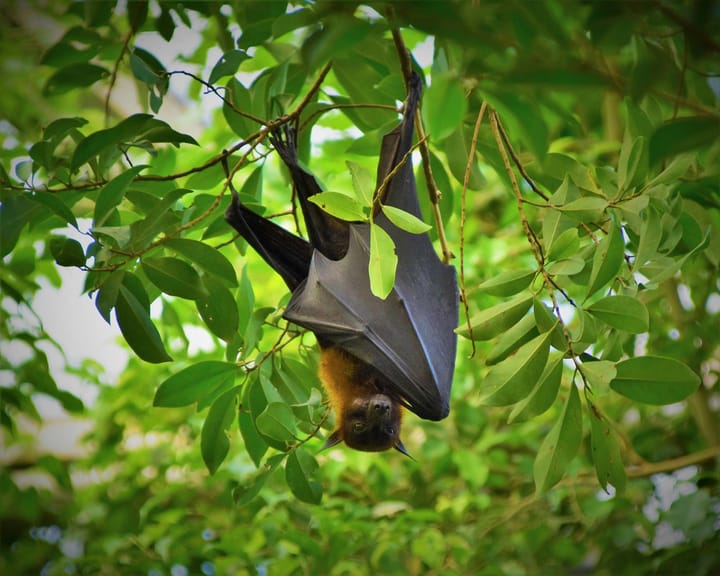
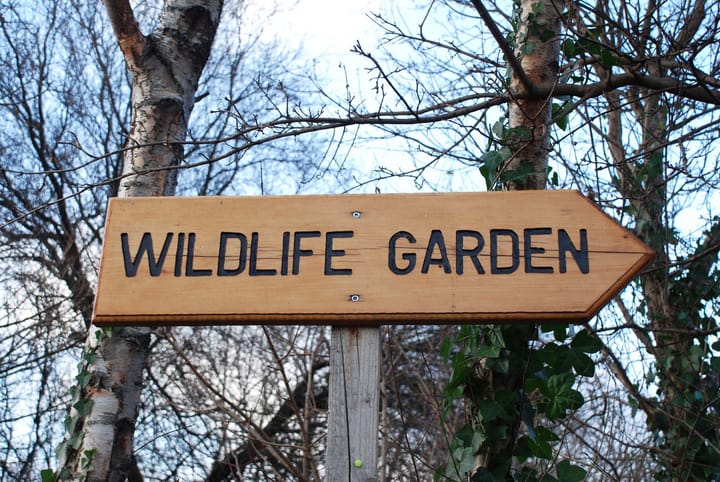
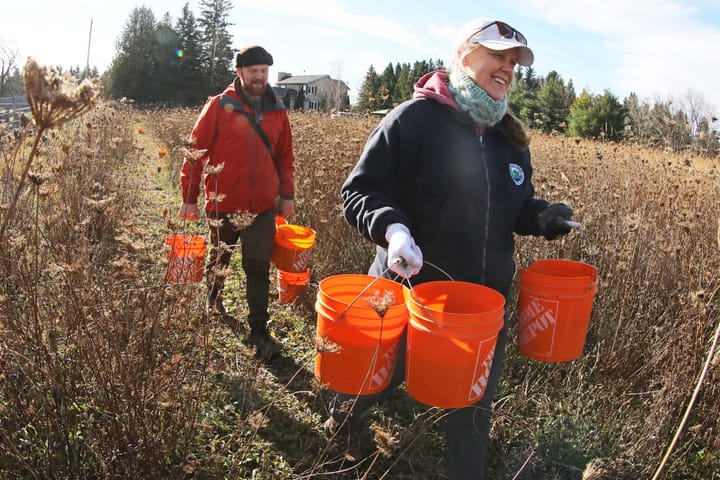
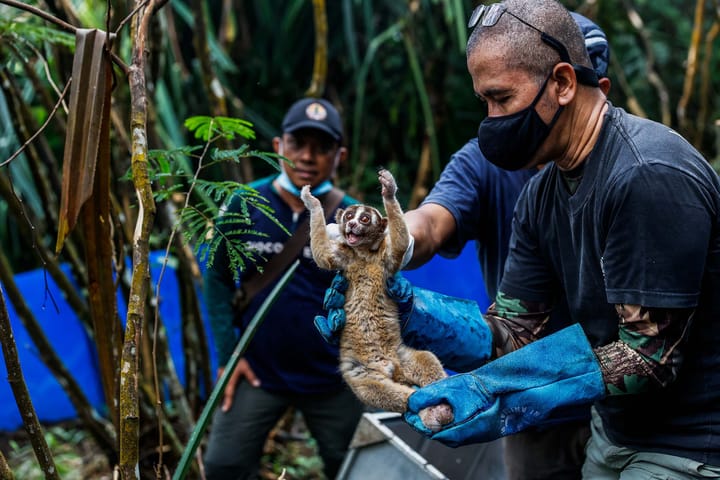
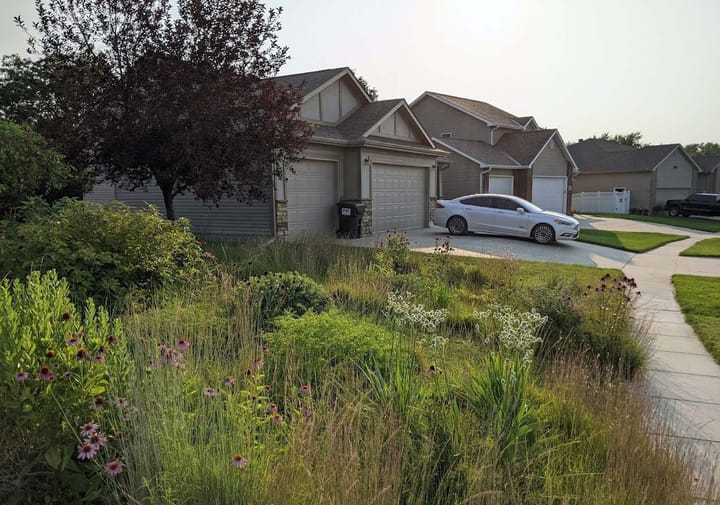
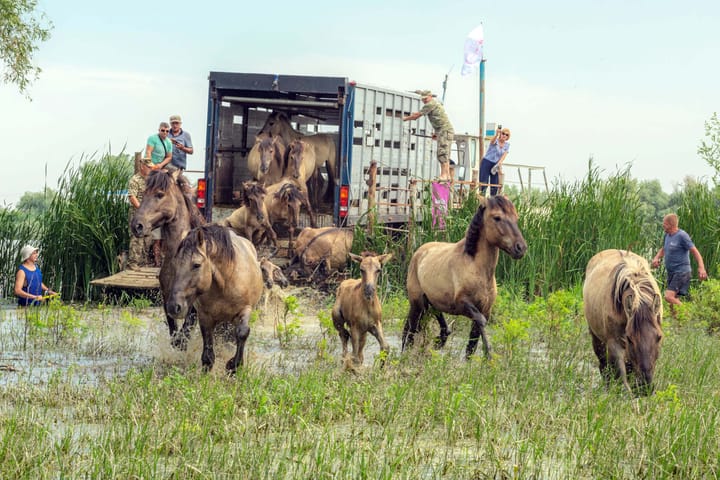
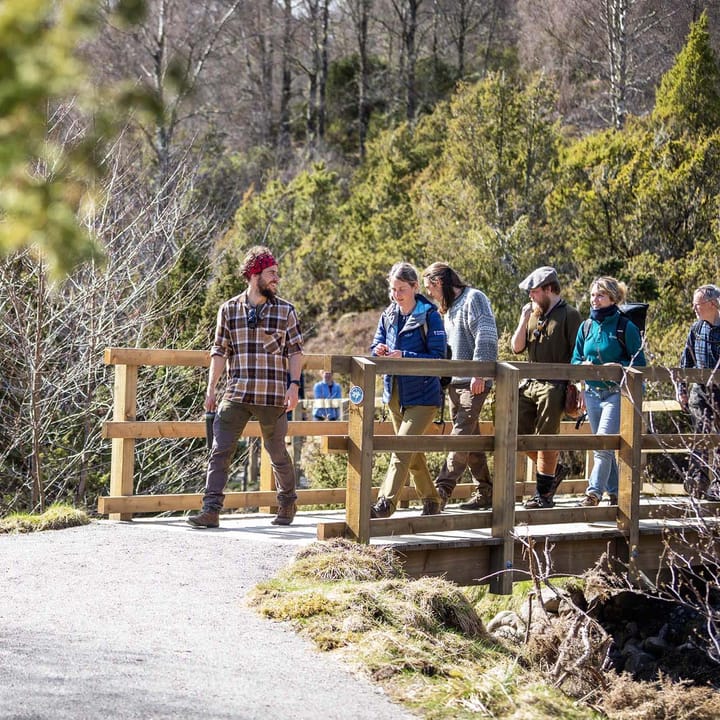
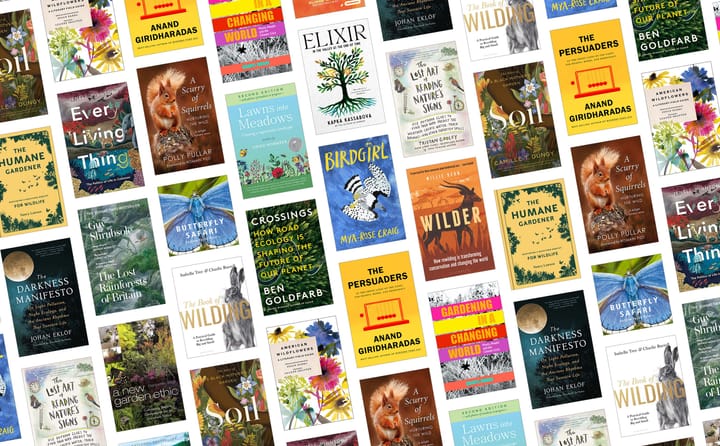

Comments ()